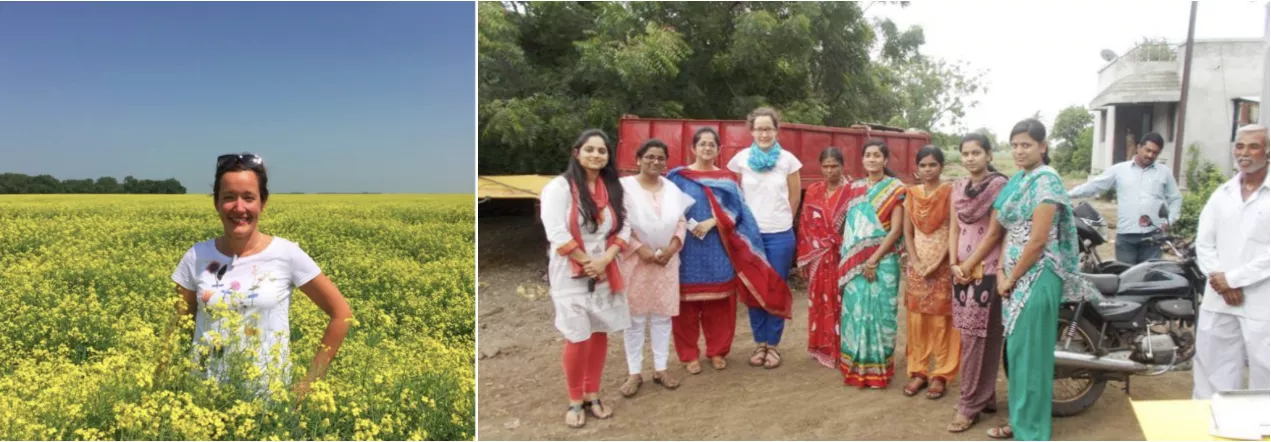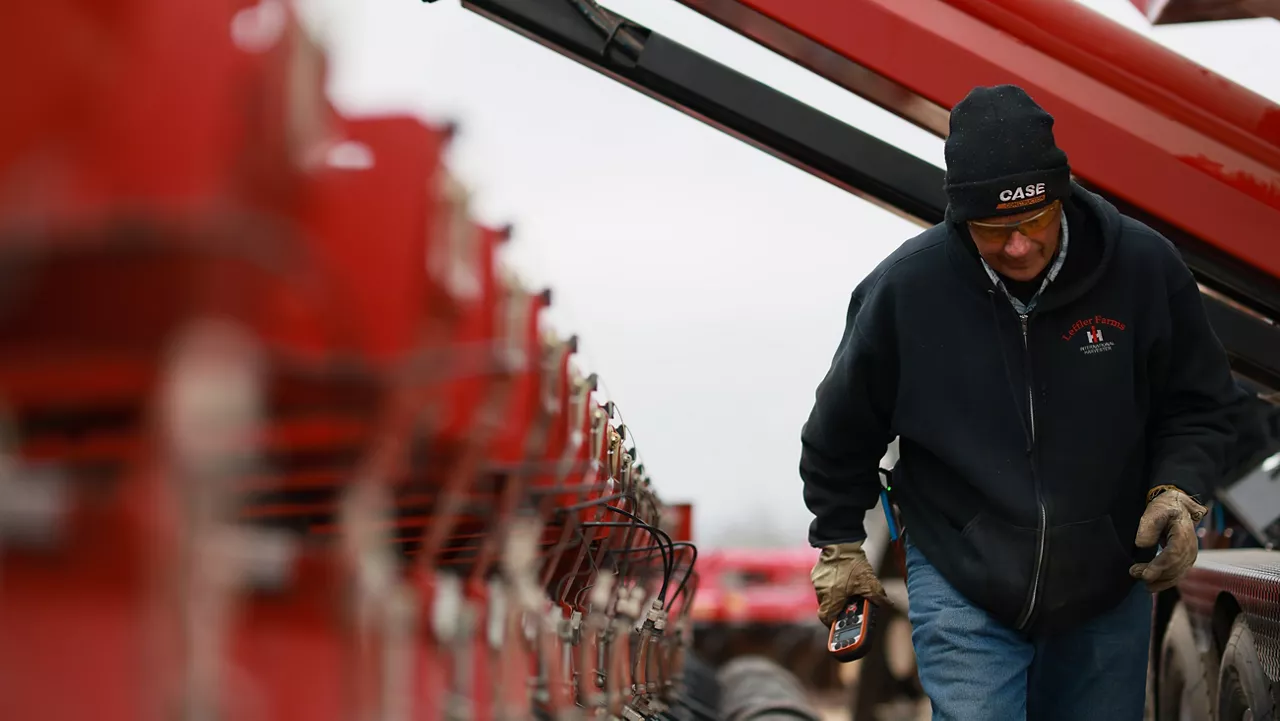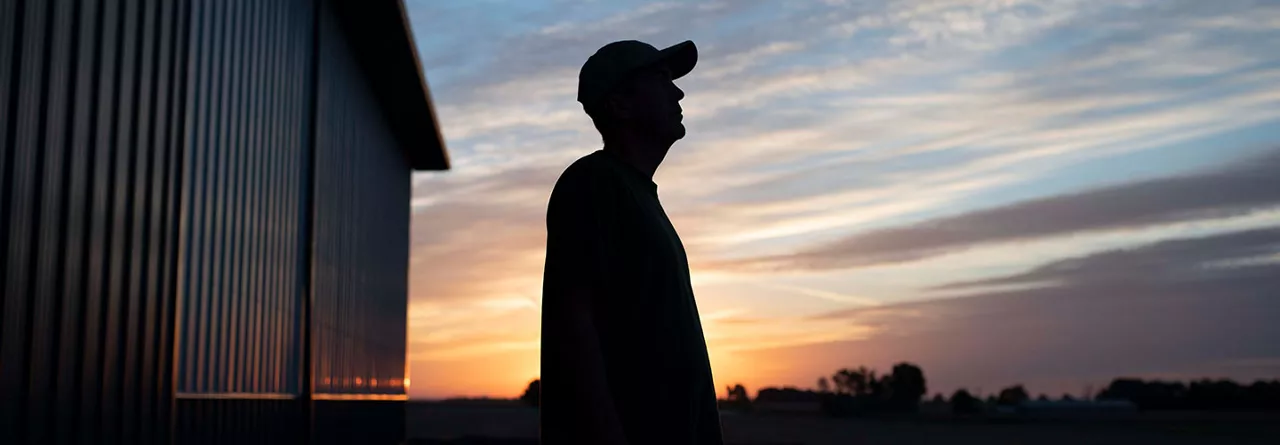Farm size or machinery or type of crop don’t have a lot of bearing on the value that digital management brings to an operation.
FieldView™ is a means towards a data collection, management, data analysis, and access end, and data itself is a means to yet another end: farmers need better systems for management and reporting so they can study and understand their fields, learn from the season, and re-optimize their operations with a much higher degree of certainty that their decisions will result in wins for their operation.
Implementing digital solutions on a farm immediately speeds up a number of the more tedious aspects of farming. Having a platform that allows farmers to manage all their own data in one place enables farmers to gain access to disparate and critical information about their fields in one system, and for them to benefit from the integration with weather information, public data sets (soil satellite imagery), and field data to unlock better field understanding, drive a faster development cycle, and to reduce time spent doing analysis. That means a lot less paperwork! Farmers look immediately at the data just gathered - or the data from previous years - and draw insights for the next season.
This solution isn't new for European farmers. It's just a new way to think about the same workflows, a way to automate them. Learning from data is something that happened in the infancy of agriculture, thousands of years ago - it just didn't happen with yield monitors and data from weigh wagons, sensors, and satellites!






